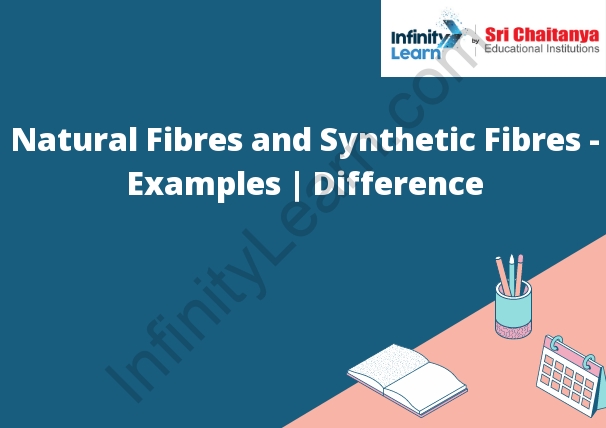Table of Contents
What are Fibres?
Fibres are a type of material that is used to create textiles. Fibres are made of natural or synthetic materials and are often twisted or spun together to create a thread. Fibres can be used to create a variety of fabrics, including cotton, wool, silk, and synthetic fabrics.

Types of Fibres
There are many types of fibres available in the market. Some of the popular types of fibres are cotton, wool, linen, and silk.
Cotton is a natural fibre that is derived from the cotton plant. It is soft, absorbent, and durable.
Wool is a natural fibre that is derived from the fleece of sheep. It is soft, absorbent, and durable.
Linen is a natural fibre that is derived from the flax plant. It is strong, absorbent, and durable.
Silk is a natural fibre that is derived from the silkworm. It is soft, absorbent, and durable.
Natural Fibres
There are a variety of natural fibres that are used in textiles. Some of the most common are cotton, wool, silk, and linen.
Cotton is a natural fibre that is derived from the cotton plant. It is a soft, breathable fabric that is absorbent and durable.
Wool is a natural fibre that is derived from the hair of sheep. It is a soft, warm, and durable fabric that is moisture-wicking and flame-resistant.
Silk is a natural fibre that is derived from the silkworm. It is a delicate, soft, and lustrous fabric that is strong and wrinkle-resistant.
Linen is a natural fibre that is derived from the flax plant. It is a strong, durable, and absorbent fabric that is cool to the touch.
Advantages of Natural Fibres
There are many advantages to using natural fibres. Some of these advantages include:
– Natural fibres are biodegradable, meaning they can be broken down by bacteria or other living organisms, and they do not release harmful toxins into the environment.
– Natural fibres are often more breathable than synthetic fibres, meaning they can help to keep you cooler in summer and warmer in winter.
– Natural fibres are often more absorbent than synthetic fibres, meaning they can absorb more moisture and keep you drier.
– Natural fibres are often more durable than synthetic fibres, meaning they can last longer.
– Natural fibres are often more comfortable to wear than synthetic fibres.
Disadvantages of Natural Fibres
-They are biodegradable, which means that once they are used, they will decompose over time.
-They are also renewable, which means that they can be replanted and used again.
Synthetic Fibres
A synthetic fibre is a manufactured fibre made from man-made materials such as petrochemicals, rather than natural materials such as cotton or wool.
Advantages of Synthetic Fibres
1. Synthetic fibres are cheaper to produce than natural fibres.
2. Synthetic fibres are stronger and more durable than natural fibres.
3. Synthetic fibres are less absorbent than natural fibres, which makes them more resistant to stains.
4. Synthetic fibres are more resistant to mildew and mould than natural fibres.
5. Synthetic fibres are less likely to shrink or fade in colour than natural fibres.
Disadvantages of Synthetic Fibres
Some disadvantages of synthetic fibres are that they can be environmentally harmful, they can be flammable, and they can be costly.









